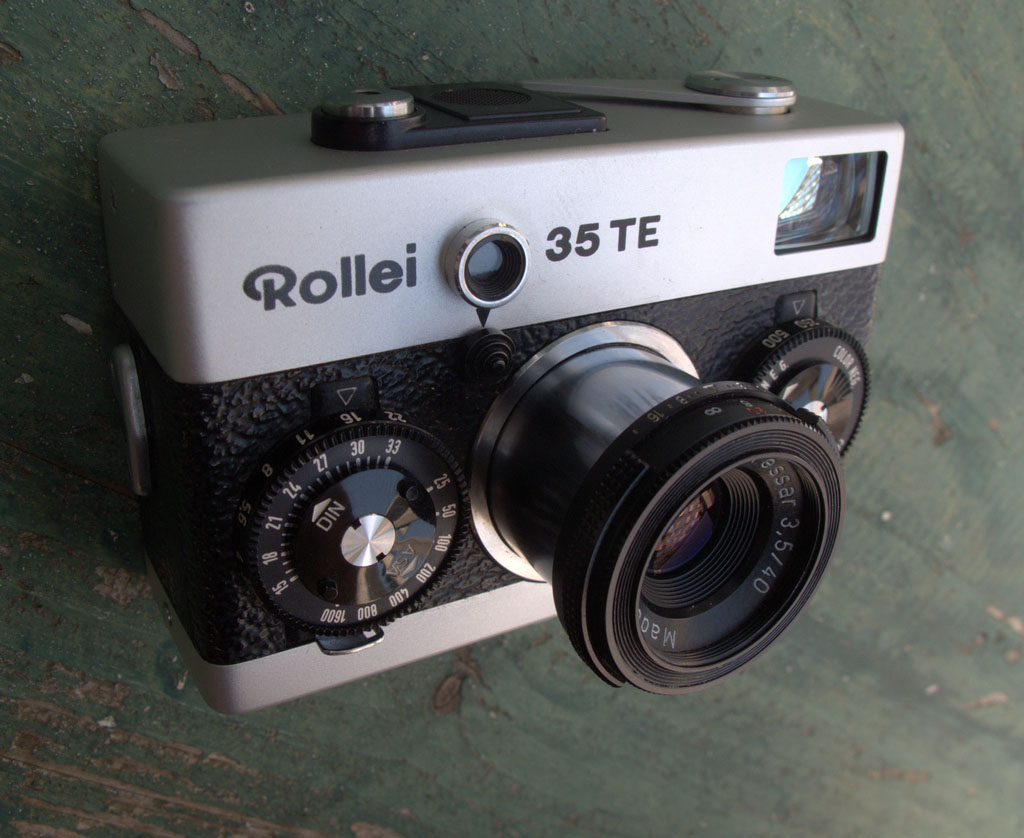Adapting a Yashica GSN 45mm f/1.7 lens for the Sony E Mount
Ages ago I bought a broken Yashica GSN as a parts camera to repair the rangefinder mechanism on my keeper GSN. (You can read about that surgery here)
When I cannibalized the parts camera, I took the lens off (probably the only part of that camera which was in decent shape) hoping to one day adapt it for use on a Leica M body or something similar. Well, the lens wound up, like a lot of my projects, kicking around in a drawer for years and just gathering dust. Then the NEX series of cameras came along and with them adapters for every conceivable lens imaginable. Slooowly, eventually, the dim flashbulb in my head went off, I remembered the long forgotten GSN lens and I got to wondering if and how I could pair it with my NEX 5n.



